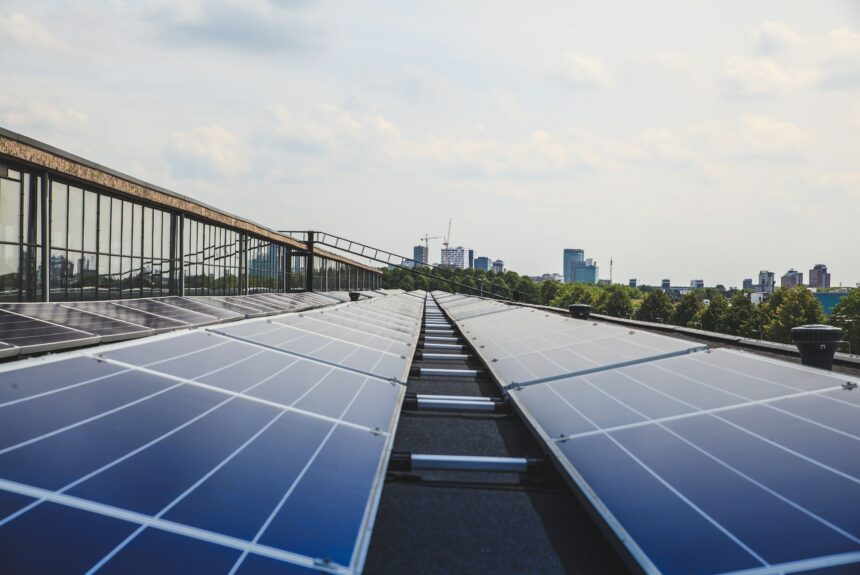We are living in a tumultuous time. From the war between Russia and Ukraine to political discord in the United States to supply chain issues with a global impact, chaos seems to be everywhere one looks. While contentious debates around energy policy contribute to the cacophony as they remain a heated topic in just about every developing country, clean energy continues to march forward.
>>>READ: $4.4 billion EV battery plant to be built in the U.S.
A recent projection by analysts at Rystad Energy marks investments in wind and solar outpacing global oil and gas drilling for the first time this year. Michael Sarich, senior vice president for Rystad Energy, remarked:
“Capital investments in renewables are set to outstrip oil and gas for the first time this year as countries scramble to source secure and affordable energy. Investments into renewables are likely to increase further moving forward as renewable project payback times shorten to less than a year in some cases.”
As another company tracking energy markets, DNV GL backs this projection. DNV GL asserts that short-term coal demands will not overpower the long-term demand for renewable energy, especially as the costs of clean energy continue to fall.
“The turbulence in the energy market does not dramatically alter the decarbonization pathway towards midcentury,” stated Remi Eriksen, DNV president and CEO. “The strongest engine of the global energy transition is the rapidly reducing costs of solar and wind energy, which will outweigh the present short-term shocks to the energy system.”
A good marker of clean energy development is an increase in clean energy jobs. The International Energy Agency (IEA) recently released its first World Energy Employment Report. The report notes that 65 million people worked in the global energy sector in 2019. From 2019 to 2021, 1.3 million new global energy jobs were added.
And, according to IEA, “virtually all” of that growth is within clean energy. “Clean energy employs over 50 percent of total energy workers, owing to the substantial growth of new projects coming online,” the report explains.
“Most regions have surpassed this threshold already, though the Middle East and Russia are notable exceptions. Many clean energy segments rival the workforce in conventional energy segments. Low-carbon power generation, mainly solar and wind, employs 7.8 million, on par with oil supply.”
>>>READ: New Pilot Project Increases Solar, Decreases Drought
Here in the United States, Americans are watching clean energy continue to ramp up with no decline in sight. The U.S. Energy Information Administration (EIA) projected renewables will outpace coal for electricity generation here in 2022, estimating renewables will generate 22 percent of American power. Annual estimates for natural gas and coal are at 38 percent and 20 percent respectively.
If ever there was a year for clean energy development to slow, this year seems to be a good fit, but surging prices, supply chain bottlenecks, and global energy market upheaval have not managed to slow renewables down. At the end of 2022, the ascendancy of clean energy appears to be as unstoppable as it is undeniable.
Kelvey Vander Hart is a native Iowan, a member of the American Conservation Coalition, and a communications specialist at Reason Foundation.
The views and opinions expressed are those of the author’s and do not necessarily reflect the official policy or position of C3.
